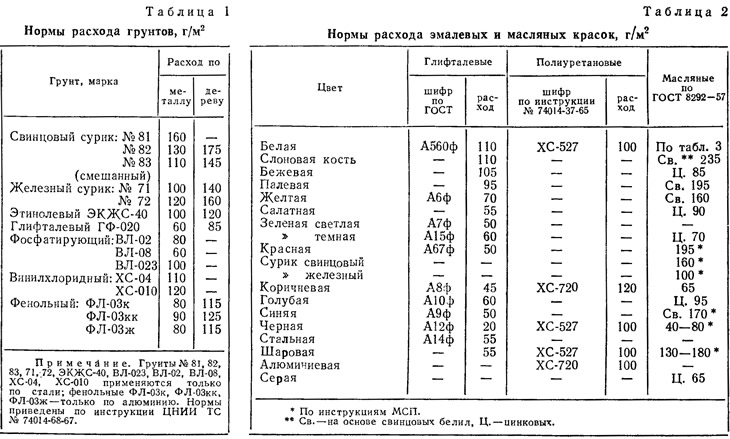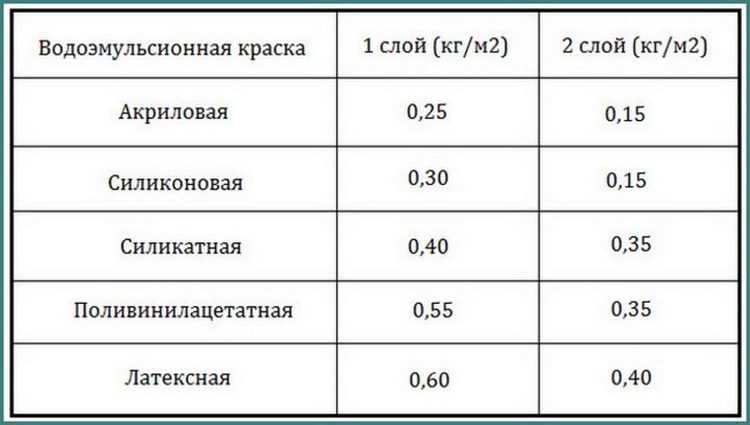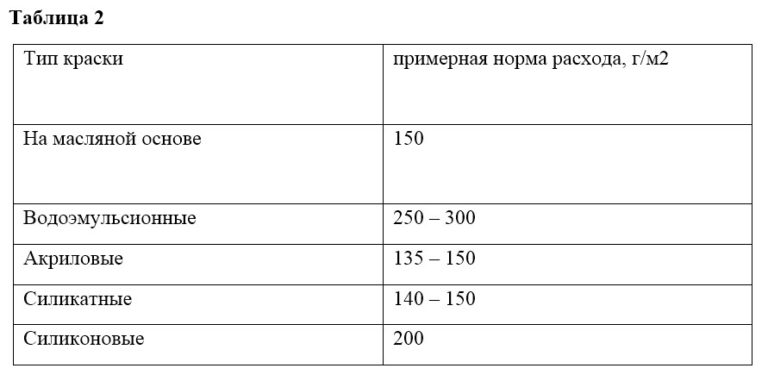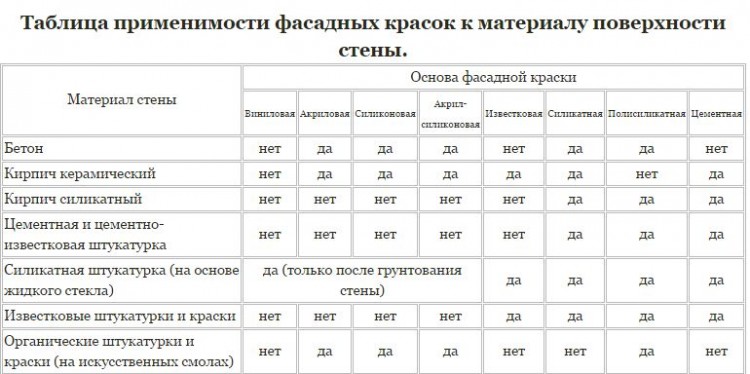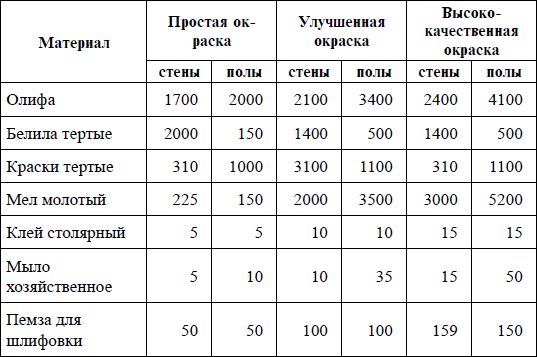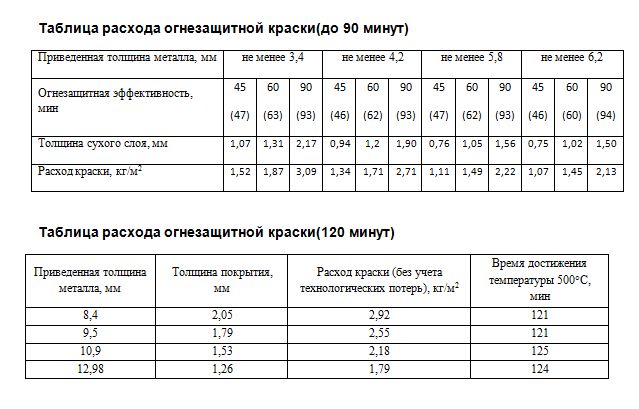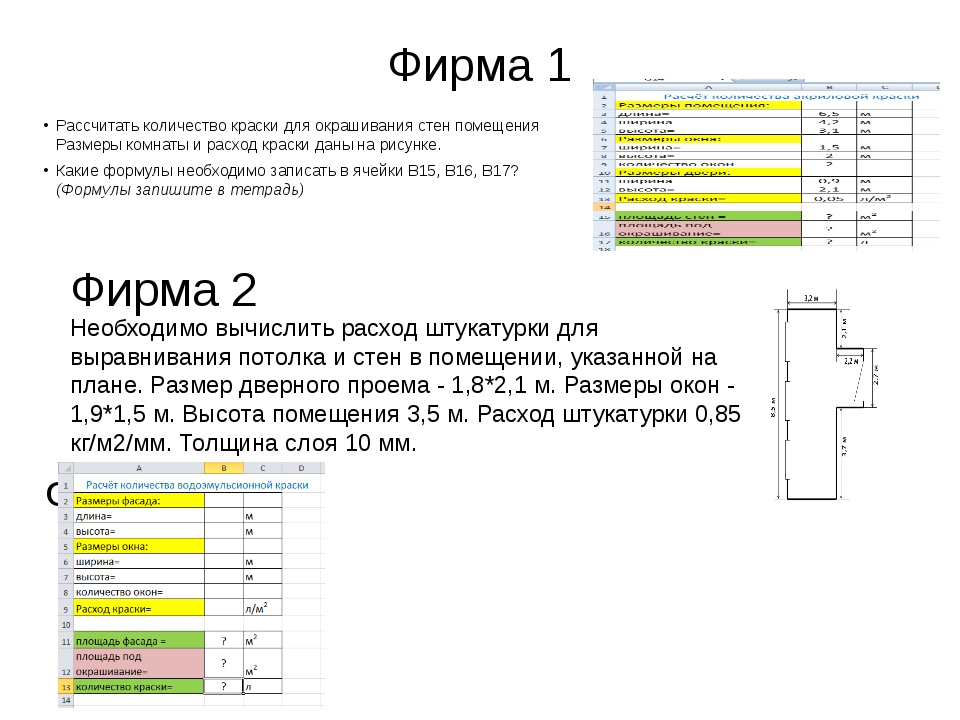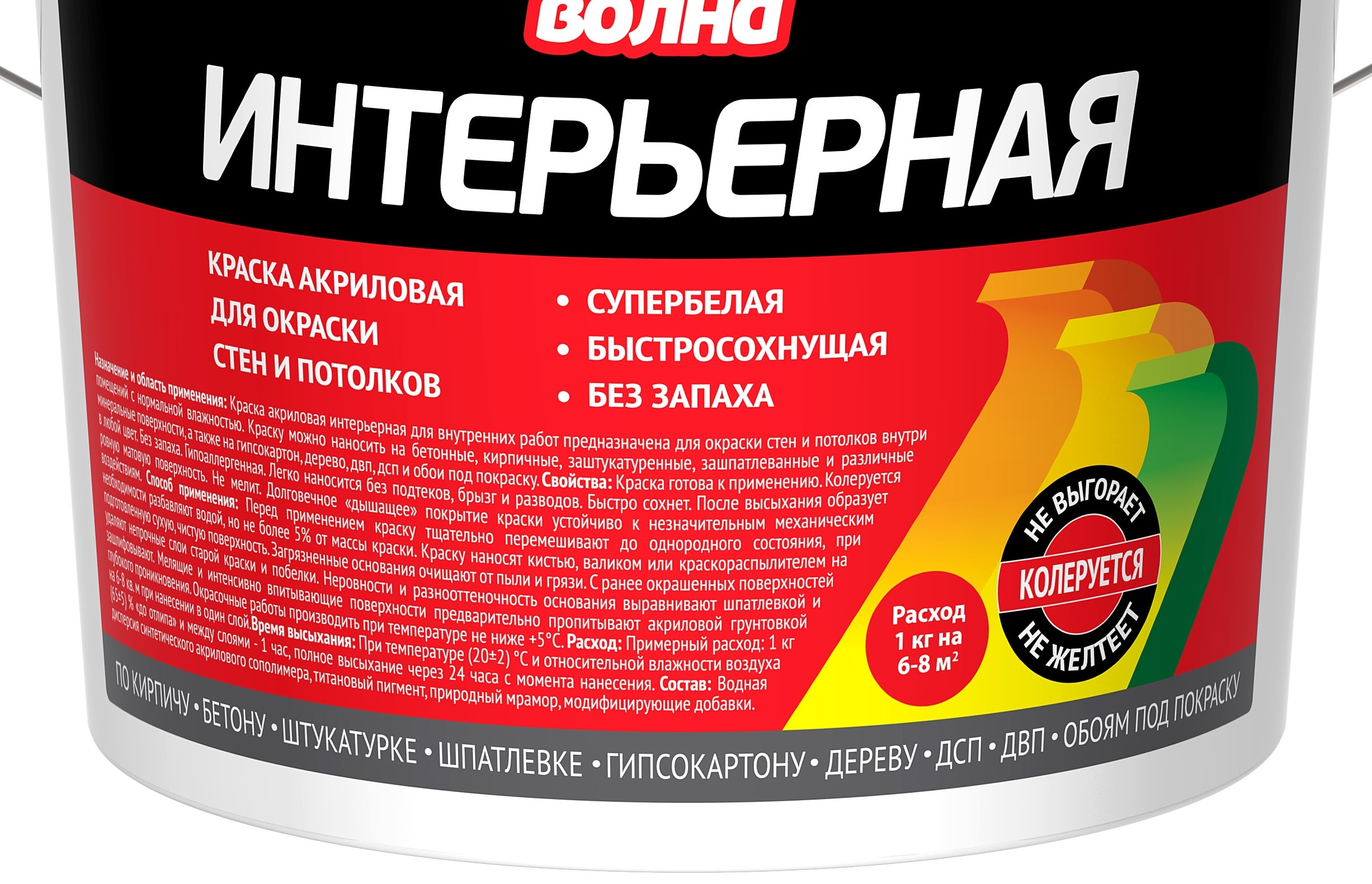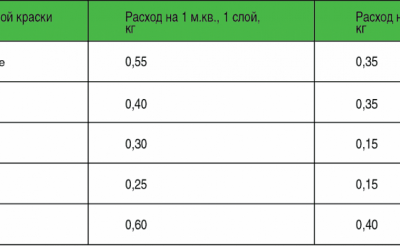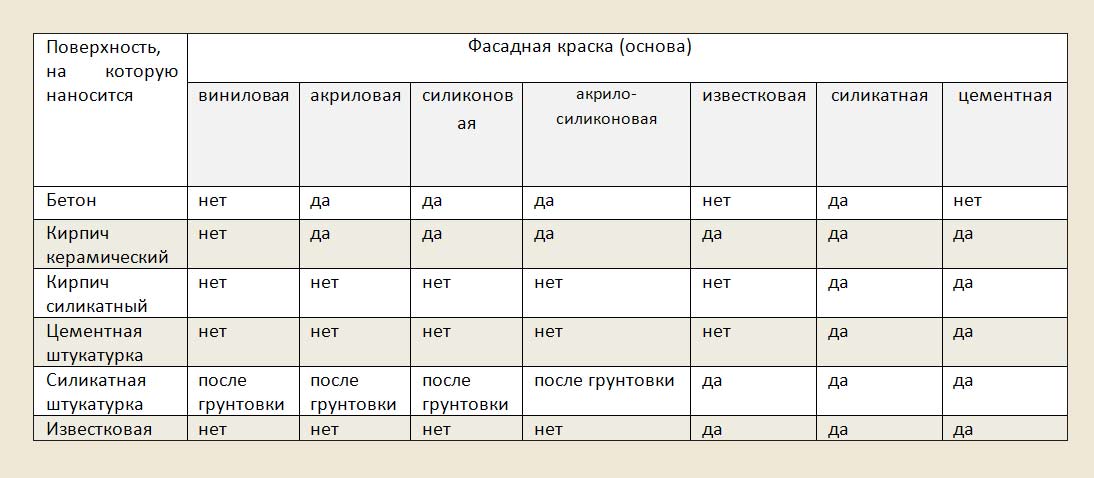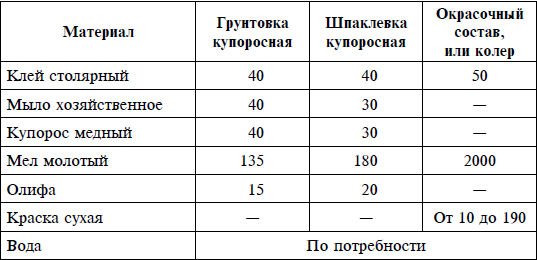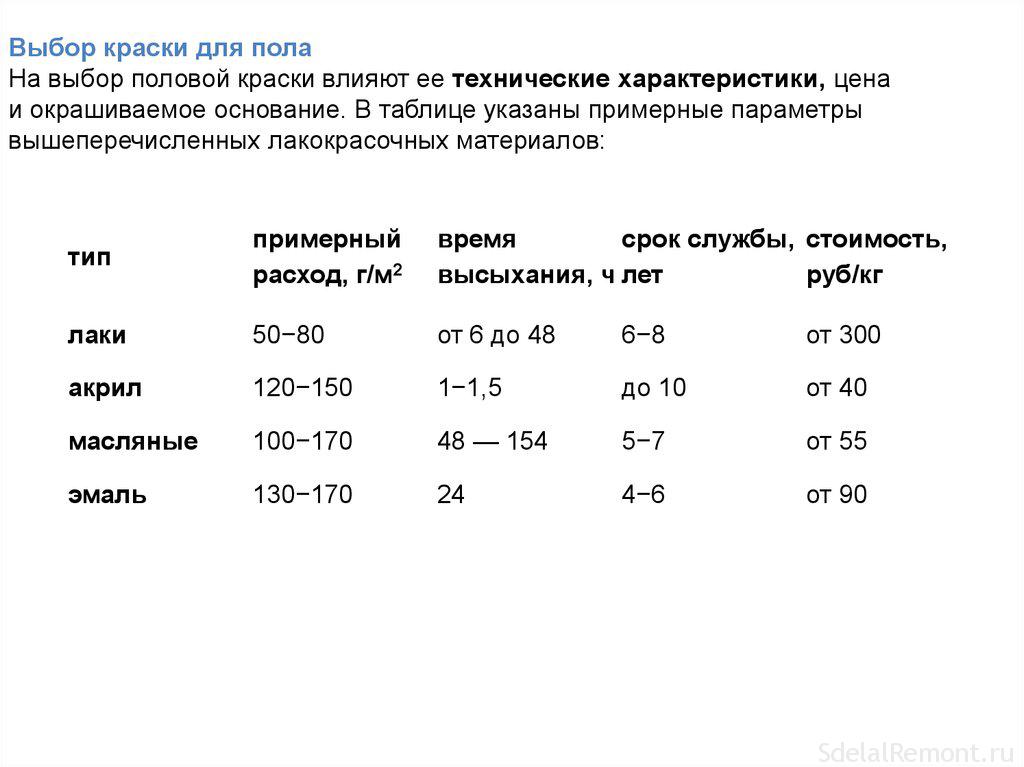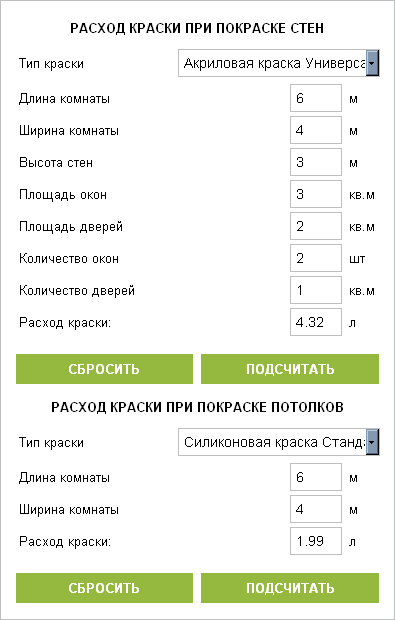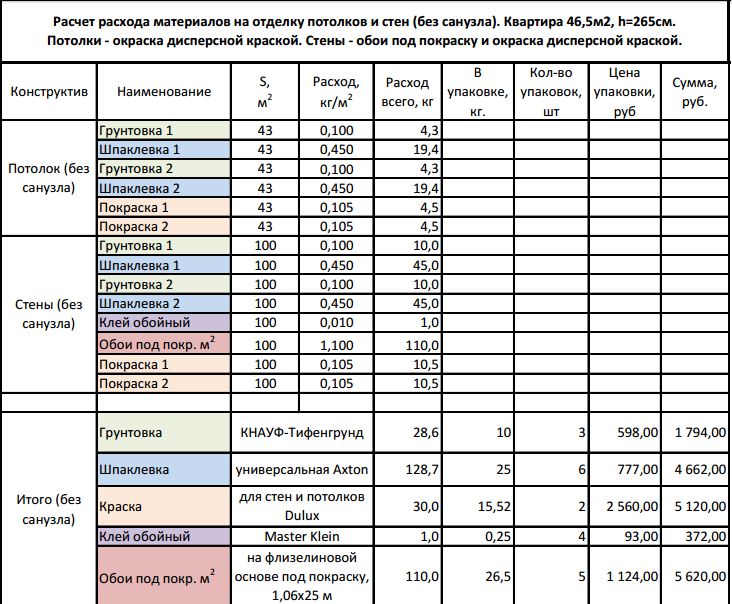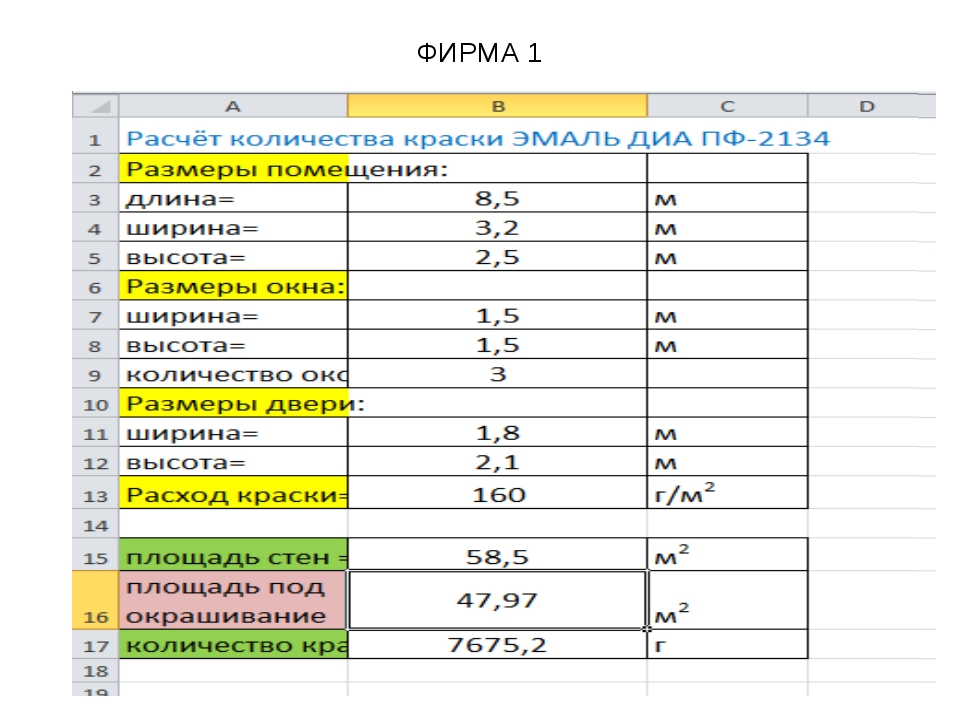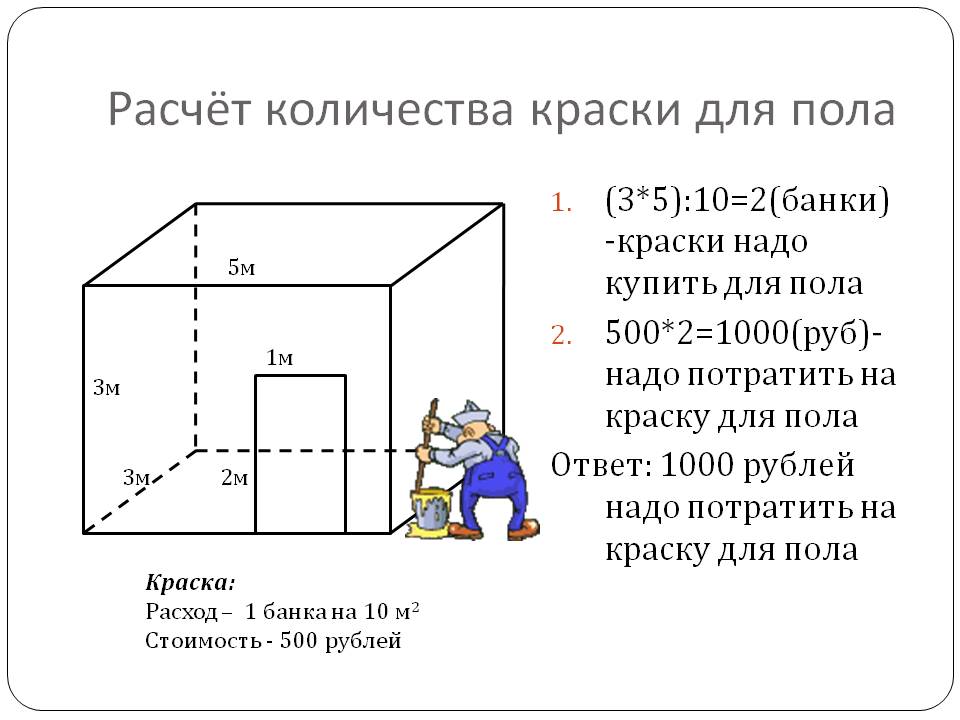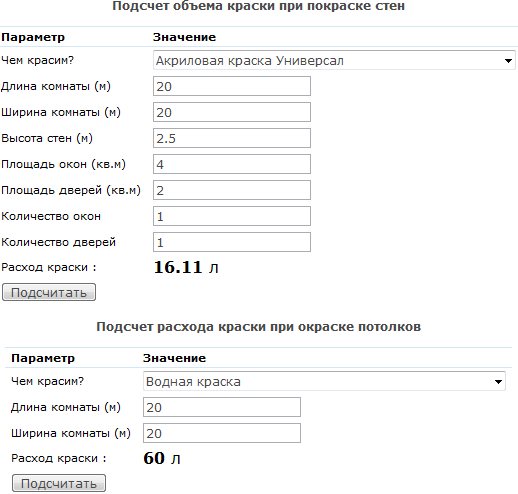Overview of manufactured brands
Harmony creates a completely matte surface and is suitable for covering walls in a nursery, living room or bedroom. The paint evenly lays on the concrete, plaster and plastered surface. A matte shade is able to hide the imperfections of the wall.
Its composition belongs to the safe type M1, so there is no need to fear for the health of loved ones. Paint consumption on a poorly absorbent surface - 1 liter per 12 sq. M, on a highly absorbent surface - 1 liter per 7 sq. M.
The Joker paint is a popular model in the line of Tikkuril paints. It is an interior finish with a smooth, silky effect. Suitable for application on the walls of the living room, kitchen, children's rooms and corridors.
The paint belongs to hypoallergenic coatings, which confirms the "eco-label" that the brand is awarded with.
This type of paint has more than 20 thousand different shades.
When choosing a color, you need to pay attention to the marking "A" for light-colored surfaces and "C" - for darker shades .. Paint consumption for a highly absorbent surface - 1 liter per 7-9 sq. M.
For a "non-absorbent" plane - 1 liter per 10-12 sq. M.
Paint consumption for highly absorbent surfaces - 1 liter per 7-9 sq.m. For a "non-absorbent" plane - 1 liter for 10-12 sq.m.
In order to create the beauty of the walls and floor, you need to choose the paint "Euro12". It is semi-matte and suitable for frequent washing. And it is convenient in rooms with high exploitation (schools or hospitals).
In homes, it is suitable for plastered, concrete and brick surfaces. It can be used to coat a radiator for heating in a variety of colors and shades. Paint consumption: 10-11 sq. m will take 1 liter of the product. With an uneven surface - 1 liter per 5-7 sq.m.
Euro 2 is the best option for covering the ceiling space. Deep matt interior paint fits perfectly and, if necessary, is resistant to wet cleaning.
The smell from the coated surface is practically not felt. Consumption with poor absorption - 1 liter per 10 sq. m. With strong absorption - 1 liter per 3 sq.m. But, unfortunately, at the moment "Euro 2" is out of production.
For surfaces with high humidity use Euro 20 paint. It is not subject to wear and tear in bathrooms.
This paint prevents mold growth. The coating is semi-matt, with a special resistance to the release of water vapor.
It is also used in dry rooms where daily cleaning is used. The paint dries in 4 hours and can be applied even to old paintwork. Consumption on a weakly absorbent surface - 1 liter per 12 sq. M, and with a strong absorption - 1 liter per 7 sq. M.
Tikkurila paint "Euro 3" semi-matt, to create a rich color in the interior. It is used in rooms with a moderate load. Withstands daily washing. Dries quickly and is odorless.
With its help, you can create a magnificent interior using any of 20 thousand shades. Such a coating is consumed with poor absorption: 1 liter per 12 sq. m, and with strong absorption - 1 liter per 7 sq.m.
Euro 7 paint is widely used for painting walls and ceilings. It is latex with a matte effect. Fits flat on concrete, brick and fiberboard surfaces. Used to create a unique indoor environment.
With poor absorption, the consumption of such a coating will be 1 liter per 12 square meters, with abundant absorption - 1 liter per 7 square meters.
Pesto 10 matt interior enamel is used to cover wood, iron and fiberboard surfaces. Resistant to frequent cleaning of walls and ceilings. It does not have a pungent odor and is absolutely safe in composition.
This is especially important if the family has small children.The consumption of such a coating with poor absorption is 1 liter per 12 sq.
m, with abundant - 1 liter per 10 sq.m.
Euro Sealing paint is highly opaque, and is suitable for creating a matte color in white tones. This paint is suitable for rooms with low traffic and mainly for the ceiling.
Suitable for concrete, brick and fiberboard surfaces. If there are defects on the surface, Euro Sealing will easily hide them. Paint consumption with poor absorption: 1 liter per 10 sq. M, and with strong absorption - 1 liter per 3 sq. M.
Coloring with Tikkuril's Luya will not only create a matte effect, but also protect against mold and mildew. Consumption with poor absorption: 1 liter per 8 square meters, with abundant absorption - 1 liter per 5 square meters. m.
Paint "Remontti-Yassya" - acrylic, for a design approach to the ceiling and walls. Suitable for frequent wet cleaning. Environmentally friendly for humans. Consumption for painting with weak absorption: 1 liter per 12 sq. M, with a strong one - 1 liter per 7 sq. M.
Consumption of water-based paint per 1m2
The quality of the prepared surface - insufficient application of putty and primer necessitates the use of a larger volume of paint to compensate for possible missing bonding elements. The use of a standard construction roller in painting can cause some deviation from the consumption rates per 1m2 declared by the paint manufacturer. In terms of application speed and convenience, the roller is the most suitable tool, however, not the most economical in material consumption. The casus is that today only the “lazy” does not produce a water-based emulsion.
The modern market for such products is overcrowded and it would be useful to pay increased attention to the inscriptions on the labels, in the content of which there are sometimes some inconsistencies.
- acrylic is the most economical;
- silicone - takes the second position in terms of consumption;
- silicate - third place in the economy rating;
- polyvinyl acetate - in fourth place;
- latex - at the bottom of the list.
- the promise of the consumption of one kilogram of the composition per 15m2;
- while most manufacturers announce the average consumption rate of 1 kg per 10m2.
After drying the acrylic water-based material, a reliable and durable protective layer is obtained, which is not afraid of mechanical stress and high humidity. In most cases, acrylic paints are environmentally friendly and safe for human health.
They are suitable for processing walls both indoors and for facade, outdoor work. The first step is to decide which type of paint and varnish material will be used to paint the ceiling or walls. The characteristics of water-based paints and their consumption are determined by the composition of the material
Here is a list of the main types of water-based dyes and their consumption for one-layer and two-layer applications: These water-based mixtures are based on silicone, to which other substances are added, so that after painting the surface remains vapor-permeable. Silicone paints can be used not only for walls and ceilings, they can even be applied to floors, where they will prevent the appearance of mold and mildew. In stores today you can buy a polyvinyl acetate water-based dye mixture that contains PVA glue. Polyvinyl acetate dyes have minimal moisture resistance.
Consumption of this paint is the same as for mineral dyes. They include any natural minerals such as cement, hydrated lime, and others. These coloring mixtures are used only for interior finishing, applied to brick and concrete substrates.
Typically, the consumption of water-based paint per 1 m2 is about 550 grams, and 350 grams for the second application.
Comparison of materials from Dulux, Tikkurila and other popular manufacturers
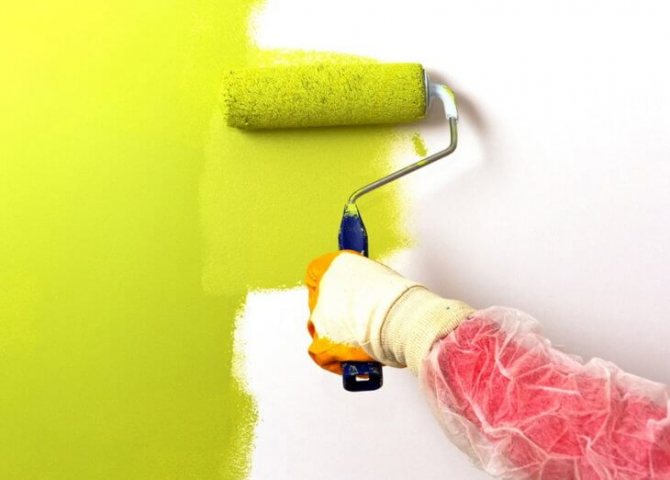
Paint the walls
Each manufacturer improves the technical characteristics of the material with its specific additives.As a result, the covering power of similar formulations differs from company to company. The table shows a white matt ceiling paint.
| Firm | The foundation | Coating rates 1 liter, in m2 |
| Dulux | latex | 9 — 13 |
| Dulux | water soluble | 7 |
| Marshal of VD | water-dispersive | 7 — 9 |
| Tikkurila Finkolor | water-dispersive | 7 — 9 |
| Tex | water soluble | 4 — 6 |
| Tex | based on latex and acrylic | 9 — 12 |
| Beckers | latex | 8 — 12 |
| Beckers | water-based | 7 — 10 |
When buying paint, add to the estimated amount the cost of losses of 5 - 7%, depending on experience and on the location of the surface. Smallest for the floor, as there is nowhere to drip or drain. For walls, consider the tool:
- spray gun - 3%;
- roller with medium pile 4 - 5%;
- brush up to 7%.
The greatest amount of the composition is absorbed when the first layer is applied. Quality primer and materials from a single source save costs and drying time.
Application of PF 115
The main advantage of PF 115 enamel is its versatility. Experts refer this substance to paints and varnishes for use on all surfaces. That is why it has earned particular popularity in the building materials market.
It is allowed to combine the enamel with other coating agents, for example, with a primer. After application, the coating is not subject to spreading or smudging.
It forms a dense film with a smooth finish.
The name of the enamel begins with the abbreviation PF, which stands for pentaphthal or alkyd-based resins.
This type of paint is used when working:
- outdoor type with finishing;
- for covering various types of surfaces: metal, wood or plastic;
- for work in the interior of the room.
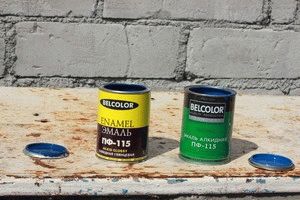 This type of enamel can withstand high atmospheric loads, such as snow, rain and low and high temperatures. That is why it is widely used both in home painting and in external work.
This type of enamel can withstand high atmospheric loads, such as snow, rain and low and high temperatures. That is why it is widely used both in home painting and in external work.
The application of enamel to the surface to be coated can be done using an ordinary brush, dipping or pouring. Spraying is also allowed in the presence of a special apparatus.
The substance contains such components as:
- Pentaphthals, which experts refer to as polymeric substances.
- Resins produced in various ways, including modified ones. They speed up the drying process of the surface.
- Semi-dried oils and resins with special composite mixtures in a small amount.
You may be interested in the article on the consumption of Tikkuril paint per 1 square meter.
Manufacturers
Below is a list of the best manufacturers of paints and varnishes:
Dufa Superweiss - distinguished by durability and color purity
The paint is used in small rooms, it allows you to visually increase the volume of space.
Caparol CapaSilan - The manufacturer focuses on silicone ceilings. The paint has the ability to cover small cracks up to 2 mm.
Dulux is the best option when painting ceilings
Country of origin - Great Britain.
Oreol Discount is a ceiling paint that dries 1.5 - 2 times faster than paints from other manufacturers.
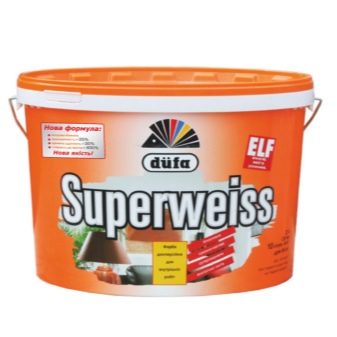

- Tikkurila Euro 7 is a very expensive option with excellent product quality. The paint is UV resistant.
- Ceresit CT 54 - paints and varnishes for facade works. The product is endowed with anti-fungal properties.
- SNIEZKA EKO - suitable for use on any type of surface. However, the flow rate is quite large, which is a significant disadvantage.
- "Expert" - paint from the manufacturer DEKART. The only drawback of the product is excessive thickness. This can be solved, but the problem is not indicated in the instructions on the package.
- "Tex Profi" is a fairly budgetary paint option, characterized by the absence of a pungent odor.


Calculation depending on the type of material
The most important parameter that must be taken into account when calculating the required paint and varnish composition for facade work is the type of paint. The paint and varnish material is selected depending on the features of your facade. In this case, the consumption for each type will be individual.
Water based paint
The basis for water-based paint is water, which contains an insoluble emulsion in the form of a pigment. After applying such a composition to any surface, the water evaporates and only the pigment base remains in the form of a colored layer.
If you decide to purchase a composition of this type, then you should know that for facade work it is applied in two layers. The time interval between painting two layers should be more than one and a half hours.
Advantages:
- frost resistance;
- low water permeability;
- lack of reaction to exposure to ultraviolet rays;
- acceptable cost.
The calculation in this case should be based on the fact that about 300 grams of the composition is usually spent on 1 m2 of the surface of the facade walls. That is, if you need to paint 10 m2 of the facade, then you will need to purchase at least 3 liters of paint and varnish material.
Acrylic paint
Facade acrylic paint retains its color well over time
Acrylic based paints and varnishes are ideal for facade work. Advantages of acrylic painting:
- the duration of the preservation of the bright color and protective properties of the coating;
- resistance to aggressive atmospheric factors such as high humidity, wind or direct sunlight;
- ease of maintenance, for which conventional detergents are sufficient;
- fire safety;
- absolute safety for human health;
- versatility that allows you to handle any surface of the facade, from brick or concrete to solid wood.
As a rule, the consumption of acrylic paint is less than water-based paint. Usually it is from 150 to 200 grams per 1 m2. A more accurate consumption of facade paint for 1m2 depends on how bright you want to make the painted coating. Finally, you can only decide when directly applying the composition to the surface.
If in one or two layers you get the required shade, then for 1 m2 you will need about 130-170 grams. If you need to get a more saturated color, you will have to count on 200 grams per 1 m2.
Oil paints and varnishes
Oil paint consumption depends on the desired color brightness
The oil composition consists of drying oil, color pigments and all kinds of fillers. At the same time, fillers can be sold both as part of a paint and in the form of separate solutions. If you are dealing with thick-grated oil formulations, then they will have to be diluted a little before application.
The calculation of the consumption of oil paint, like acrylic, also depends on the desired color brightness. For example, if you apply a small amount of red compound to the surface of the facade walls, it will look pink. The standard consumption for painting on plaster is usually 150 grams per 1 m2 and may vary depending on the required color.
Alkyd paint
Alkyd paints and varnishes are based on alkyd resins, which are used in production. Its peculiarity lies in the fact that for facade work, the composition must be diluted with turpentine, kerosene or drying oil. When diluted with each of these components, there will be an individual consumption of material per 1 m2 of the painted surface. Therefore, in order to more accurately calculate the flow rate, you should take into account the amount of additional mixtures that are used to obtain a brighter shade.
Traditionally, the consumption of facade paint per 1 m2 of wall surface is small here and amounts to about 100 grams. That is, only a liter of paint will need to be spent on 10 m2. A distinctive feature of the alkyd composition is the creation of a stylish and original appearance.In addition, this paint will protect the facade surface from the appearance of fungi and mold.
Thus, now you know the approximate consumption for each type of paint. At the same time, when choosing a composition for facade work, you need to take into account a number of nuances associated with its consumption. This will save you time and will not buy missing paint. At the same time, you will not have an extra amount of paint and varnish composition.
Calculation recommendations
The calculation of the consumption of paints and varnishes per m2 should be started by determining the real area, that is, by measuring the perimeter of the room and the height of the walls along their entire length. Amendments are introduced for any:
- niche;
- column and half-column;
- ledge;
- bay window.
The area of all openings allotted for doors and windows is subtracted from the surfaces of the walls to be covered. As a rule, expensive formulations are applied more thinly than conventional ones, so that in the end they turn out to be even more economical.
It is important to understand that the actual amount of paint consumed is always higher than that indicated on the label.

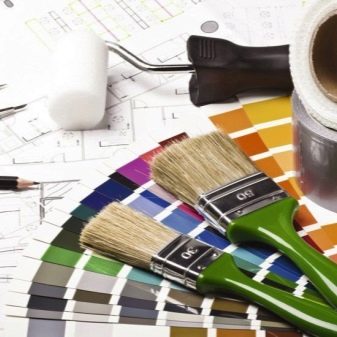
The only exception will be the case of painting perfectly flat and well-sanded plaster, which was covered with two layers of primer.
The density of the surface to be painted, and its curvature, and the level of roughness, and the quality of the initial preparation must be taken into account. In addition, by painting the surface with different tools, you can achieve very different results.
On average, using 1 liter of universal paint NTs-132, you can give the desired color:
- 14 - 16 sq. m. of a smooth metal wall;
- 6 - 10 sq. m. rough metal;
- 4 - 6 m2 of quality concrete;
- 16 sq. m. fresh plaster;
- 10 sq. m. textured wallpaper.


As for wood, it is somewhat more difficult to calculate the consumption of paints and varnishes for it - there is no single calculation rate. So, when painting a cross cut, you will need to use the same amount of dye as for concrete. When paintwork materials are applied along the fibers, 1 kg of the mixture is enough for 8-10 m2, and if you take hard rock, then for 15-16 square meters. m. The use of sprays, creating relatively thin layers of paint, helps to save money, especially if you add a thinner to the composition. When working with a brush, they spend up to 5% of the paint additionally.
Consumption of oil paint per 1m2
Before naming specific numbers, I would like to say that the calculation of the consumption of oil paint will largely depend on the conditions for its application. Moreover, this difference can be very significant. That is why, to begin with, I will give an approximate figure for the general case, when there are not a large number of factors that strongly affect both the increase and decrease in consumption. On average, from 110 to 130 grams of paint per 1 square meter is spent in one layer for painting a surface. And then I will tell you in more detail what conditions are needed to reduce consumption, and which ones can lead to its increase.
Consumption of oil paint per 1m2 has its own norms. When calculating the average consumption rate, it is necessary to take into account such factors as: the viscosity of the paint, the quality of the surface and even its original color, the method of applying the paint (spray gun, roller or brush), as well as the place of work (room, street, weather conditions).
Oil paint on metal is the fastest consumed due to environmental losses. For example, more paint is consumed per m2 indoors than in dry, warm weather outdoors. But at the same time, if the weather worsens, then the loss of paint on the street increases many times over. In strong wind, rain, fog, paint is consumed faster than indoors.
As an example, we will consider the paint PF 115.
PF 115 paint: characteristics and consumption
PF 115 paint is used for both exterior and interior work. It is an enamel paint designed mainly for metal work. The paint box states that it is weatherproof, resistant to wind, moisture and solar radiation. But is it? Partially yes.The fact is that paint acquires such properties only after application and complete drying. In the process of application, the paint is influenced by all environmental conditions and its consumption increases most of all in strong winds and bright sun.
Consumption will vary for this type of paint. Depending on the color of the enamel, 1 liter of paint can be painted:
- black: 17 to 20 m2
- blue: 12 to 17 m2
- brown: 13 to 16 m2
- green: 11 to 14 m2
- white: 7 to 10 m2
- yellow: 5 to 10 m2
Not yet dried paint of this type literally evaporates in the sun. And the consumption can increase significantly.
In concrete figures, these will be very large indicators, you may need twice as much paint as when working indoors, or, say, in calm cloudy weather. A smooth glossy uniform coating is formed only when the paint is completely dry. At the same time, if you apply too much paint in the sun, the coating will be sloppy and rough, and subsequently may begin to flake off.
Best of all, such an enamel paint is suitable for painting galvanized iron, ferrous metals. But it can also be successfully applied to non-ferrous metals. True, in the latter case, paint consumption increases.
Painting tool
A lot also depends on what kind of material the paint is applied to the surface. A paint brush, whether natural or artificial, consumes more paint than a roller. This is easily explained - the brush is literally soaked in paint. On the other hand, a roller, especially on a silicone base, is an ideal material for painting metal surfaces.
If you have followed all the recommendations, and the paint consumption still exceeds all conceivable and inconceivable norms - think about it - maybe it's the paint itself? This sometimes happens with cheap, low-quality paint. The manufacturer sets the price lower in the expectation that the consumption of this paint will be colossal, and ultimately benefits from this. Therefore, make sure that the paint is really high quality, and only then proceed to painting.
”
Similar homemade products
Filling the floor in the garage: do it yourself and save money
Laser level: do it yourself
How to make a floor screed with your own hands
DIY oil heater
Foam gun flushing device: do it yourself
Vacuum cleaner nozzle: a useful homemade product for repairs
Types of paints
Paint consumption rates directly depend on its type. Some formulations can be applied in one coat, while others require more. Below we will talk about the consumption of wall paint, taking into account these factors.
Acrylic compounds
Water-dispersion materials based on acrylic resins are used for finishing internal and external surfaces. Most manufacturers supply white acrylic paint, which must be mixed with a color scheme prior to application.
- So, to find out the consumption of acrylic paint, you must first examine the packaging. Typically, about 1 liter of material is required per 8 square meters. But taking into account the absorbency of the base and the presence of minor defects, we can say that the real consumption is 1 liter per 6 m2.
- Then you need to count the number of layers. If quality branded materials were purchased, then it is enough to apply 2 layers. For paints of the economy segment, at least 3 layers are required. For example, there is a paintable wall with an area of 10 m2. At a consumption of 1 liter per 6 m2, almost two liters of material will be required. If you multiply the resulting number by the number of layers, you get 4 liters of quality material and 6 liters of an economy version.
- Next, you should take into account the tool used. When using a spray gun or roller, the required amount will not change. If you use only brushes, then you need to add another 15%. As a result, the consumption of acrylic paint per 1m2 is 4.5–7 liters.
 One of the advantages of acrylic compounds is that the consumption when working with a roller and a spray gun practically does not change here.
One of the advantages of acrylic compounds is that the consumption when working with a roller and a spray gun practically does not change here.
Water-based
The calculation of paint in this case also begins with the manufacturer's mark. In ideal conditions, only 1 liter of material is required to treat 18 m2 of surface. In reality, this figure will be 9-11 m2. Next, you need to take into account the number of layers and the features of the tool. It is recommended to use a primer to reduce consumption. It costs much less than paintwork materials, so it will save up to 30% of the material budget. Also, do not apply the paint in a too thick layer, since its hiding power is low and in any case it will be necessary to apply up to 3 coats.
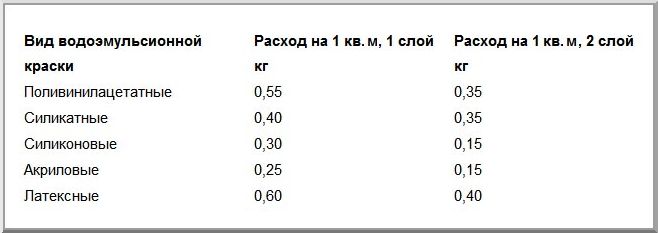 There are several types of water-based compositions, but the most popular is acrylic paint.
There are several types of water-based compositions, but the most popular is acrylic paint.
Powder
Powder formulations based on polymer components have become increasingly popular in recent years, due to their high performance. To understand how much such material is needed for painting one square meter, it is necessary to take into account the minimum thickness of the decorative layer - 100 microns. In most cases, when using light powders, the consumption will be 110–130 g.
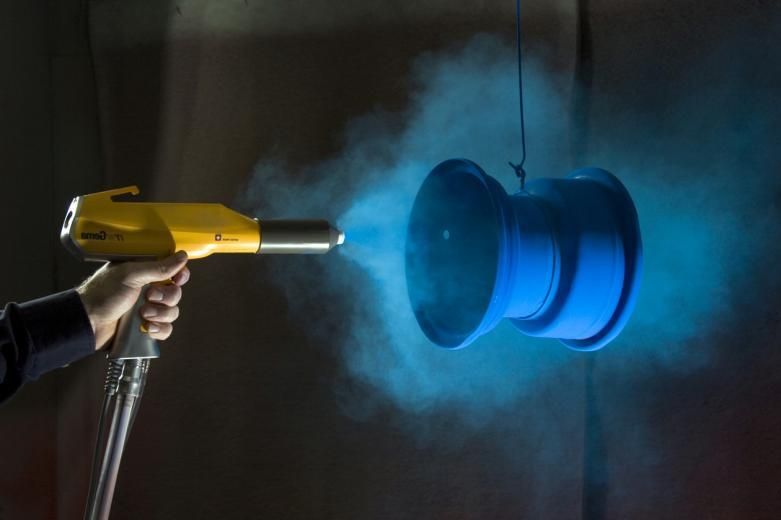 Powder paints have high performance characteristics and the same high cost, but they are applied only in the factory using a special technology
Powder paints have high performance characteristics and the same high cost, but they are applied only in the factory using a special technology
Oil
The main component of this material is drying oil. After application, the substance polymerizes and forms a film. The consumption indicated by the manufacturers varies from 140 to 250 g per m2. When covering the area with one layer, you will need about 130 g of the substance. Also, a different amount of material is required depending on the color:
- white - 1 kg / 10 m2;
- black - 1 kg / 20 m2;
- yellow and red - 1 kg / 9 m2;
- green - 1 kg / 13 m2;
- blue - 1 kg / 17 m2.
Facade
For finishing the external surfaces, the same materials are used as for the internal ones, so the consumption for one layer is approximately the same
But it is important to remember that exterior walls require more careful painting, since they usually do not have a perfectly even coating. Consequently, paint will be required about 30% more than in the case of interior decoration.
 Modern facade paints are highly resistant to damage, but compared to interior compositions, their consumption is higher
Modern facade paints are highly resistant to damage, but compared to interior compositions, their consumption is higher
Drying oil
Sometimes only one material is applied to walls made of wood - drying oil. It is also used to create a starter coat prior to painting. To process one square meter of coating, no more than 130 grams of material is required. At the same time, such a small amount of a relatively inexpensive material will save up to 20% of paint.
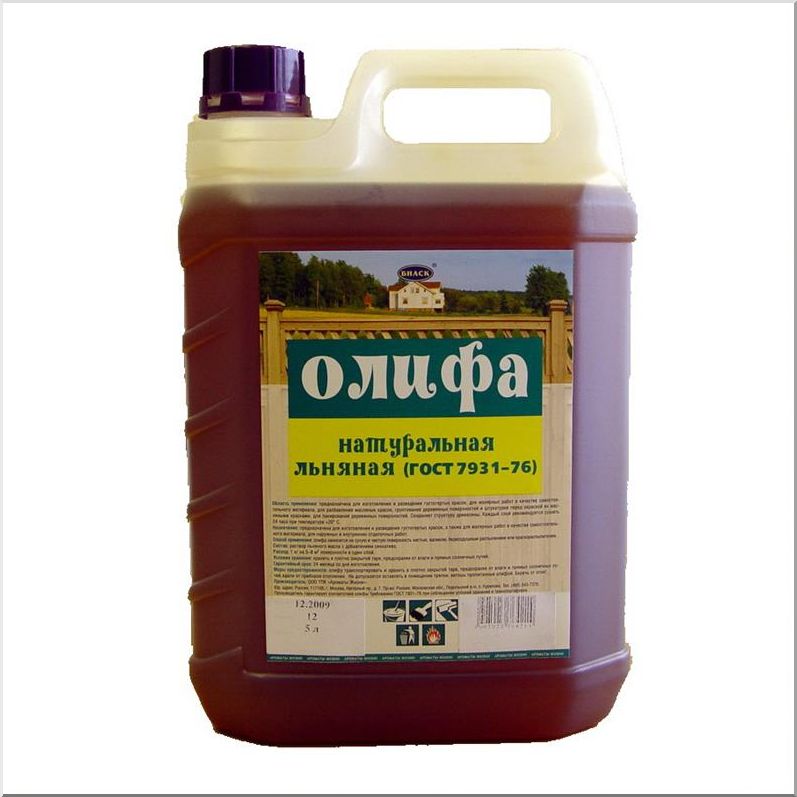 Oil varnish is now used as a primer for wood and as a solvent for oil paints.
Oil varnish is now used as a primer for wood and as a solvent for oil paints.
Pros and cons of silicate facade paint
The main advantage of silicate paint is its extraordinary moisture resistance, because this is a big plus for painting external facades. Thanks to a thin glass protective film, mildew and mildew will not form on the painted wall. Surfaces painted with a silicate paint base can be washed without fading. The service life of the coating is up to 20 years.
Silicate paints are resistant to all weather conditions, UV filters and fires. The durable surface covered with silicate paint is not damaged by mechanical damage and exposure to chemical acids. After painting the facade with silicate paint, a protective film forms on the surface - it is this film that protects the coating from moisture.
The main disadvantages of paint are:
- difficulties when applied to surfaces with microcracks;
- insufficient plasticity of the composition;
- are incompatible with other types of paints, it is undesirable to apply them on already painted surfaces;
- do not paint metal, stone and ceramics with them;
- paint is not recommended to be applied inside living quarters - in the kitchen, in bedrooms.
- In addition to the above disadvantages, silicate paint is difficult to remove from surfaces, sometimes it has to be removed along with a layer of putty.
Calculation technology
The consumption of water emulsion per 1 m2 is also determined by the hiding power of the paint: if this parameter is high, it is sometimes possible to completely cover the darker base with a couple of layers. But there are times when you have to paint three times or even more. When applying the first layer, 1 kg of paint can cover 4-5 m2, and when you paint the second time, you will be able to paint from 6 to 9 square meters with the same amount. m. Remember that rollers with long pile (as well as any length of pile made of foam rubber) slightly increase the cost of the dye mixture.
If you refer to the tables showing the consumption of water-based paints of various compositions on thoroughly prepared surfaces, you get the following picture (consumption in layers per 1 square meter):
- Silicate varieties - 400 and 350 g.
- Polyvinyl acetate - 550 and 350 g.
- Silicone - 300 and 150 g.
- Acrylic - 250 and 150 g.
- Latex - 600 and 400 g.
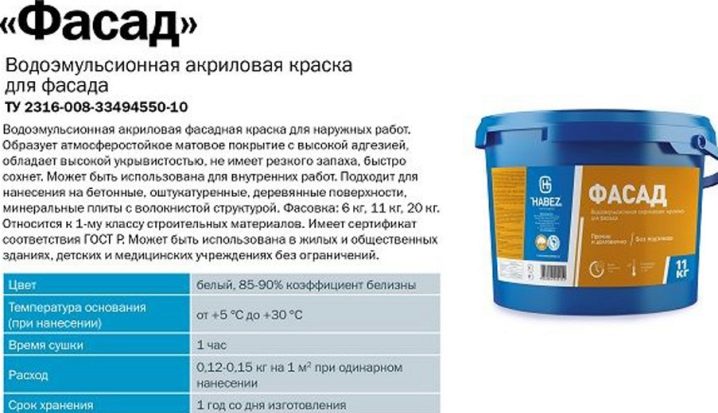
But it should be remembered that each manufacturer has its own recipe, technology, the range of tolerances is also different. And although acrylic paint for interior work is unlikely to be more expensive than latex or polyvinyl acetate, a difference of 10-15% compared to the table values is quite likely.

Helpful hints:
The hiding power of water-based paints is closely related to the indoor microclimate. The best conditions are heating the air from 25 to 50 degrees, dryness in the room, relative humidity of the air maximum 80%
Pay attention to the porosity of the surface to be painted: the higher it is, the more paints will have to be used. It is advisable to use a spray gun whenever possible, it allows you to reduce the consumption of the paint mixture by 10% in comparison with a brush or rollers
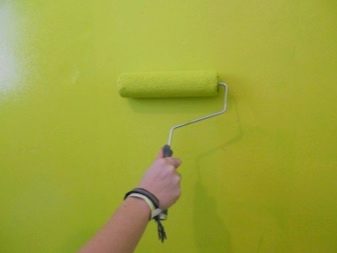

- Acrylic paints are not only more economical than others, but also have a long service life, have an excellent level of protection and are relatively inexpensive. If you do not want to consult with experts before buying paint or decide to check the calculations of consultants, repairmen, online calculators will come to the rescue. They indicate the type of paint mixture, the type of surface, the number of layers and the intended tool.
- When working with a brush, do not make sweeping movements, it is better to spend a little more time, but not to lose valuable material in the form of splashes.
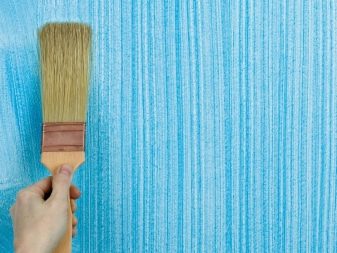
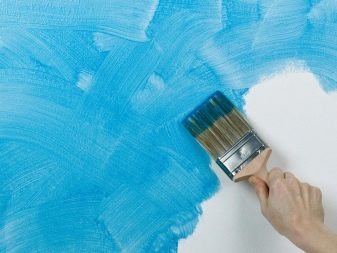




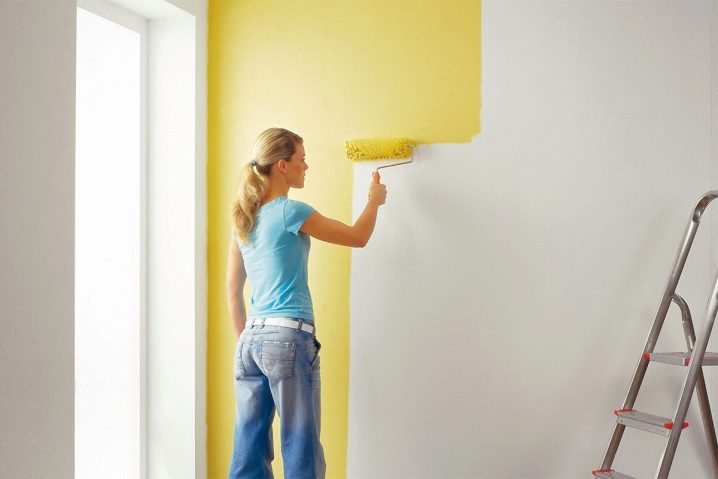
Try not to paint in the heat, the more water evaporates at once, the more material needs to be added to make up for the loss. But the humidity of the air, if it does not exceed the optimal value, on the contrary, allows you to reduce the consumption of the coloring material.
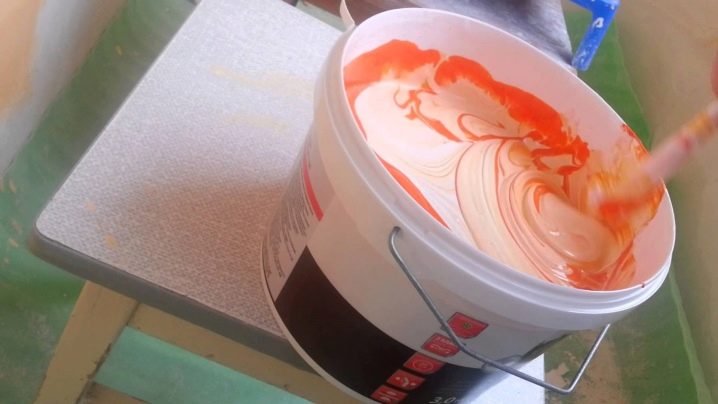





There are several nuances that allow you to reduce the cost of paint to a reasonable amount:
- Do not use a uniform thick layer (thinning with water, adding PVA glue and creating several thin layers is much more practical).
- Each next coat of paint is applied approximately 60 minutes after the previous one.
- A primer or other strengthening compound helps to reduce the absorption of the lowest layer.
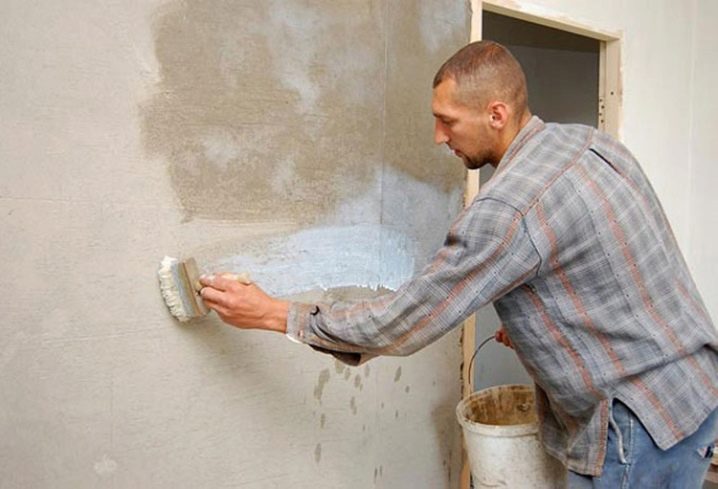
Water-based paints are applied not only to flat walls and other coloring compositions, they are often used for wallpaper for painting. Average consumption is 1 liter per 8-11 sq. m (depending on the specific material and other conditions).

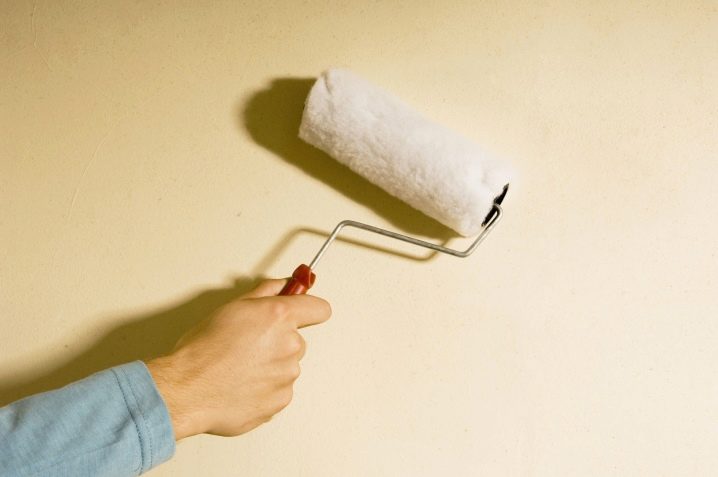
See the next video for more on this.
Rules for calculating the amount of paint
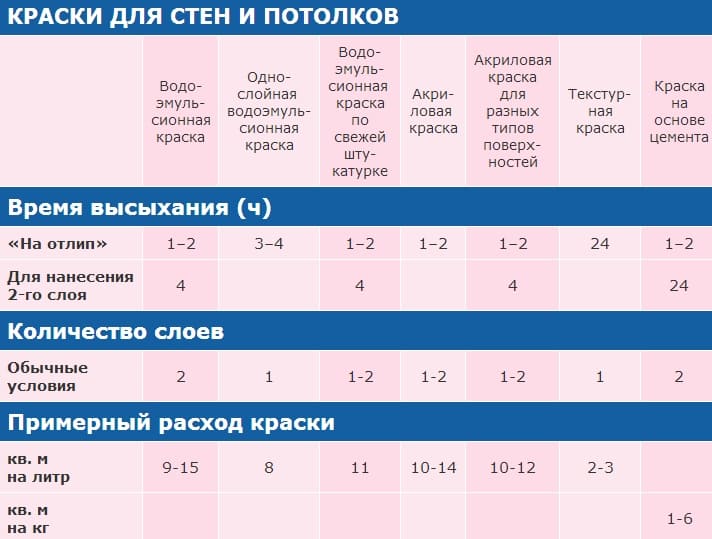 The first step is to calculate the perimeter of the room, for this we multiply it by the height of the ceilings. Next, we subtract the area of windows, doors, etc. This gives the number of square meters to be painted.
The first step is to calculate the perimeter of the room, for this we multiply it by the height of the ceilings. Next, we subtract the area of windows, doors, etc. This gives the number of square meters to be painted.
To find out how many liters are needed, you need to multiply the volume of the consumable composition (the number indicated on the back of the can's instructions) by the wall area. Do not forget that this amount is under ideal (or close to ideal) conditions.
Surfaces
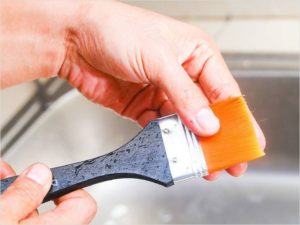 When painting the walls in an apartment, this issue may not be so relevant, however, in apartments there are decorative elements made of various materials. In addition, this example shows how much the consumption depends on the roughness of the walls.
When painting the walls in an apartment, this issue may not be so relevant, however, in apartments there are decorative elements made of various materials. In addition, this example shows how much the consumption depends on the roughness of the walls.
Paint consumption per 1 sq.m. surfaces:
- 70-150g wood;
- 100-150g metal;
- 150-250g concrete, plaster.
These data are provided for comparison of materials. Since it all depends on the depth of the irregularities, the base for painting, such as paint.
An extra layer of acrylic primer can increase the adhesion of the wall, level out minor defects and irregularities. The consumption of the coloring composition in this case is reduced by 13-18%.
When it is necessary to paint several layers
Painting in two or more layers is required in the following cases:
- when working on a wooden surface treated for the first time;
- if you want to achieve a deep saturation of a matte shade;
- with a liquid consistency of the composition;
- when applying bright shades;
- when applying one layer vertically, the other horizontally.
Application method and consumption
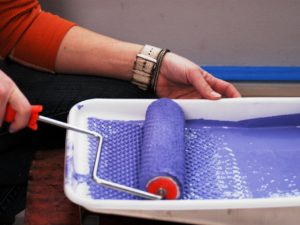 A spray gun is considered an economical method, but when using it with a spray range, it is worth calculating the distance from windows and surfaces that should not be painted.
A spray gun is considered an economical method, but when using it with a spray range, it is worth calculating the distance from windows and surfaces that should not be painted.
The best option is a roller, it is easy to use, the paint consumption is lower than when using a brush.
The brush, on the other hand, allows you to embody design delights, but has long become an outdated method.
The consumption of the composition mostly depends on its texture, it is logical that the thick one will leave more.
When applying dark and saturated colors, it is important to pay attention to the uniform study of each layer.







